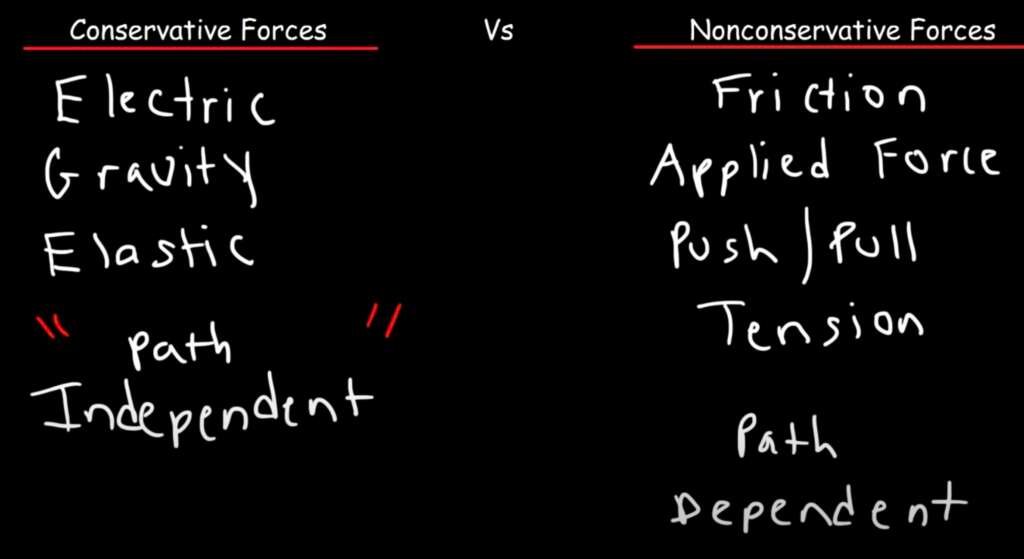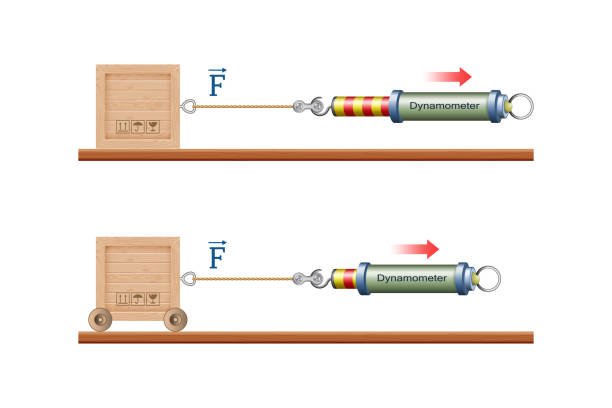What is it that distinguishes conservative forces from non-conservative forces? How do these forces impact the movement of objects and the overall energy in a system? These are compelling questions to consider when diving into the world of physics.
Forces play a crucial role in the universe, from the micro-level of atomic interactions to the macro-level of celestial movements. In physics, forces are generally categorised into two types: conservative and non-conservative forces. Understanding the difference between these two is fundamental for grasping many physical phenomena.
Difference Between Conservative and Non-Conservative Force with Example
The key difference between conservative and non-conservative forces lies in path dependence and energy conservation. Conservative forces, such as gravity, are path-independent and conserve mechanical energy. Non-conservative forces, like friction, are path-dependent and do not conserve mechanical energy.
Conservative Forces
Definition
Conservative forces are forces where the work done in moving an object from one point to another is path-independent. This means that it doesn’t matter how the object gets from point A to point B; the work done by the force will be the same.
Energy Conservation
Another unique characteristic of conservative forces is that they conserve mechanical energy. The total mechanical energy (kinetic plus potential energy) in a system remains constant when only conservative forces are acting on it.
Examples
Gravity is a classic example of a conservative force. Imagine dropping a ball from a certain height. The work done by gravity on the ball is the same whether the ball falls straight down or follows any other path (assuming no other forces like air resistance act on it).
Non-Conservative Forces
Definition
Non-conservative forces are the opposite of conservative forces in that the work done is path-dependent. The amount of work done by the force can vary depending on the trajectory an object takes between two points.
Energy Dissipation
In systems where non-conservative forces are at play, mechanical energy is not conserved. These forces often transform mechanical energy into other forms of energy, such as heat.
Examples
Friction is a classic example of a non-conservative force. When you slide a book across a table, the work done by the friction force depends on the path the book takes. If you slide the book in a zigzag pattern, the friction does more work, and more mechanical energy is transformed into heat, compared to sliding it in a straight line.
Key Differences
- Path Dependence: Conservative forces are path-independent, while non-conservative forces are path-dependent.
- Energy Conservation: Conservative forces conserve mechanical energy, whereas non-conservative forces do not.
- Examples: Gravity, electrostatic forces, and spring forces are examples of conservative forces. Friction, air resistance, and tension in a rope moving over a pulley with friction are examples of non-conservative forces.

Conclusion
Understanding the difference between conservative and non-conservative forces is essential for various applications in physics, from basic mechanics to advanced topics in thermodynamics and electromagnetism. While conservative forces preserve mechanical energy and are path-independent, non-conservative forces are path-dependent and result in energy transformations. Knowing how each type of force operates helps us to better comprehend and predict the behaviour of physical systems.





